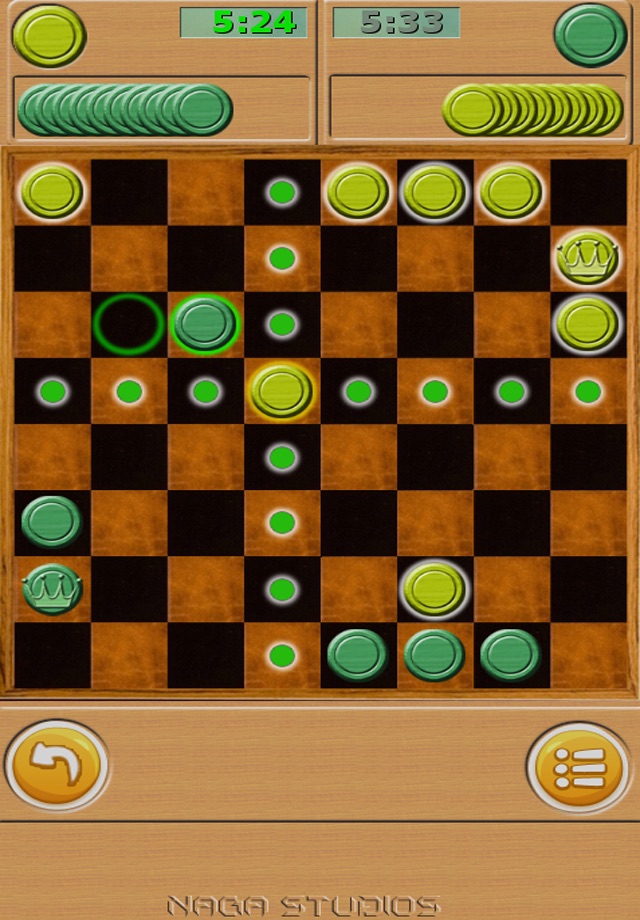
Rek is popular Ancient Khmer Board Game played by two people on the board of 8X8 squares. The Cambodian transitive verb “Rek” means ‘carry on one’s shoulder a pole at each end of which is a container, bundle or object. It was pointed out that the game was popular among military troops. Today, it is also played by Cambodian women.
Objective
The object of the game is to “capture” instead of checkmate the opponent’s King. All units may be captured in two ways :
1- when they are “Rek” by an enemy unit in the analogy that they are the containers carried away by that enemy unit. This later way of capture actually bears the name of the game.
2- when they are tightly surrounded or trapped by the enemy units and thus have no legal move.
It also has two different forces of 32 units in total . Each side starts with a force of 16 units: One King and 15 Men. All the Men have the same value and physical shape. And they all, including the Kings, move like the Boat or Rook.
Another Style of Play (Taunt enemry to Rek)
The Rek also has its own special style of play. It is named “Min Rek Chanh” (Not Rek Lose if opponent taunt). The object of the game is still the same, capturing the opponent’s King. But, there is only one legal way to capture the enemy units, including the King: “Rek” them two at a time.
The Kings may not move at all, not even a square. They are “palace kings”! Other setting features and opening setup are the same as those of the regular Rek. The unique characteristic of this style of play is that a player’s order of Rek to the other must be honored, otherwise the latter loses and the game is over. So, strategic and deliberate sacrifices are the mind set behind winning the game.
Usually the game is over when one player orders a “right” series of the opponent’s consecutive moves to ‘Rek’ his units which ultimately will lead to the capture or Rek of the opponent’s King in return. BUT, if he orders the wrong series of the opponent’s moves, he ends up losing his force without any desirable consequence. Thus the game demands a long-term and coherent strategic planning to get the right orders of move.
In this kind of play, you are in a more dangerous situation for preserving too many own units, but if you do not have enough of them to design your scheme of making a right series of the opponent’s moves, it is not good either.
